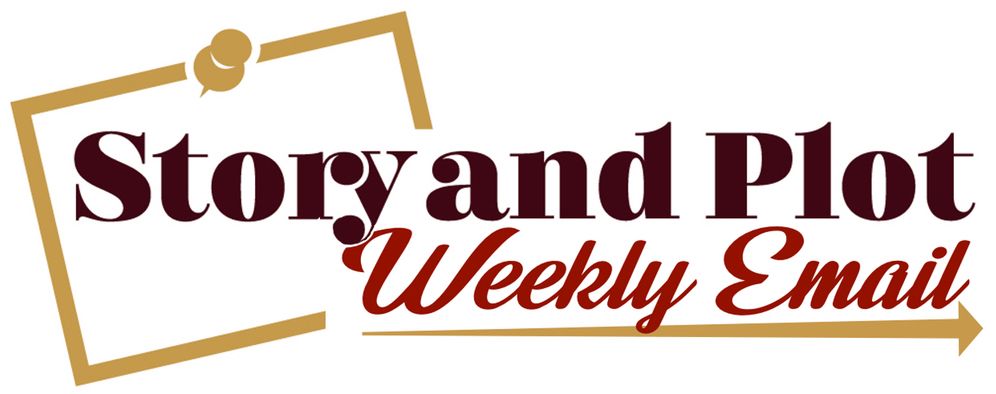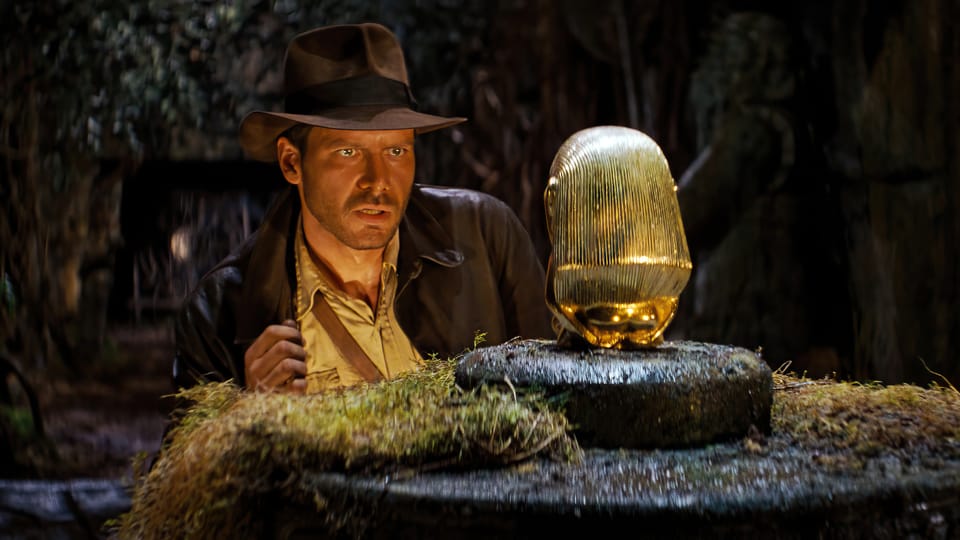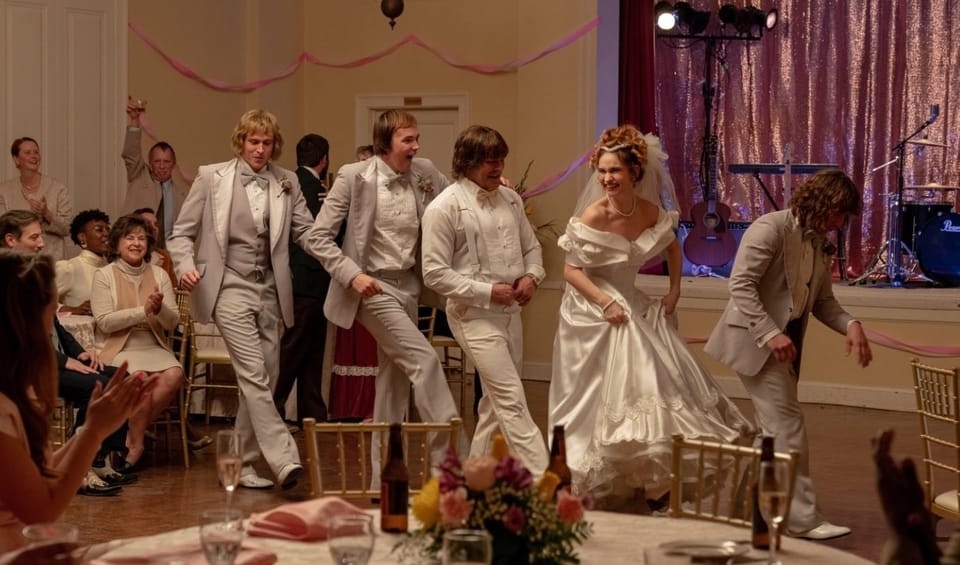When to describe the character in detail
This week I want to talk about when to describe a character you just introduced. How we describe them is an excellent topic, too, but well covered by others. I’ll save my take on it for another time. Today is about WHEN.

The Story and Plot Weekly Email is published every Tuesday morning. Don't miss another one.
This week I want to talk about when to describe a character you just introduced. How we describe them is an excellent topic, too, but well covered by others. I’ll save my take on it for another time. Today is about WHEN.
As always, I want to review the principle that guides us here. We have talked about directing on the page this month, so this principle keeps coming up:
The goal of your screenplay is to evoke the emotional experience of seeing the movie on screen.
When complete, you want the reader to feel like they just watched your movie.
Because of this, I have grown to really dislike technical terms or anything that slows the read down by making it sound like a document rather than a movie on the screen.
In terms of character introductions I see this sort of thing often:
I personally dislike the character’s age inside parenthesis. I think this is mostly the influence of television on feature specs. A television script coming from the writers’ room is a production draft. They want to give casting something easy to copy and paste to describe the character.
We do not need to worry about that with a spec script. In fact, worrying about it is actually counter-productive. We want SMOOTH. We want the movie on the screen. We want to hear the writer's voice, and DARREL (35, quick and aggressive) makes all of that challenging. It doesn't sound like a movie. It sounds like a document.
We discussed a couple of emails ago about squeezing too much into a sentence. I want to focus on how that relates to when we describe the character.
The more detailed you describe a character, the more you should wait until the audience could absorb that information if they were watching the movie. Remember, we’re trying to evoke that experience.
Keep these two things in mind:
- We notice action first. Movement catches our eye.
- What a character does is almost always much more interesting than anything we will say about them.
So in our hypothetical example could look like this instead:
Okay, some video game silliness, but you get the idea.
I want to emphasize that neither describing the character immediately, or moments later is superior to the other. It comes down to how you visualize the scene and what emotion you are going for.
The following describes DARRELL's character almost immediately, but creates a very different moment.
In this example, there is no action that would demand the audience's attention first. The moment is from Simon's point-of-view so the audience takes in the description of Darrel as Simon does. Just as we would want it to happen on screen.
Here is a great example from out in the wild.
The wonderful screenplay SOURCE CODE by Ben Ripley (which was made into a pretty faithful film directed by Duncan Jones and starring Jake Gyllenhaal.)
Take note of the virtual shot list that Ripley creates with paragraphs, another example of what we talked about last week.But what's important here is how patient Ripley is before he describes Colter.
It's the sixth paragpragh. This is well-written stuff. To illustrate this point further, I moved the character description up in the scene and you can read the difference.
Not only is opening on action more interesting, but the description of Colter a few paragraphs down is more compelling as well. It's providing more details to a mystery. It's answering questions about who this guy is rather than the reader wanting to get to the point. In addition, Ripley's voice feels more in command and less rushed.
Here is the excellent first page from Source Code.
The guiding principle here is to clarify for yourself the emotional effect you want. That's your goal. And that's the criterion you use to make your choice. All you is decide which order will best help you achieve it.
Like everything, the key is intentionality.
It must be intentional. Don't do anything out of habit, ignorance, laziness, or because we think we're supposed to do it that way.
- What is the goal?
- What is the best way to achieve it?
That's it for this week!
Hope this helps.
All the best,
Tom Vaughan
P.S. Don't forget, if you're interested in the advanced professional development sessions of Story and Plot Pro, Mastering Structure and Idea to Outline are required. You can enroll in them seperately or save $100 for the bundle.
Click here for more info on the Mastering Structure / Idea To Outline Bundle.
The Story and Plot Weekly Email is published every Tuesday morning. Don't miss another one.
When you're ready, these are ways I can help you:
WORK WITH ME 1:1
1-on-1 Coaching | Screenplay Consultation
TAKE A COURSE
Mastering Structure | Idea To Outline




